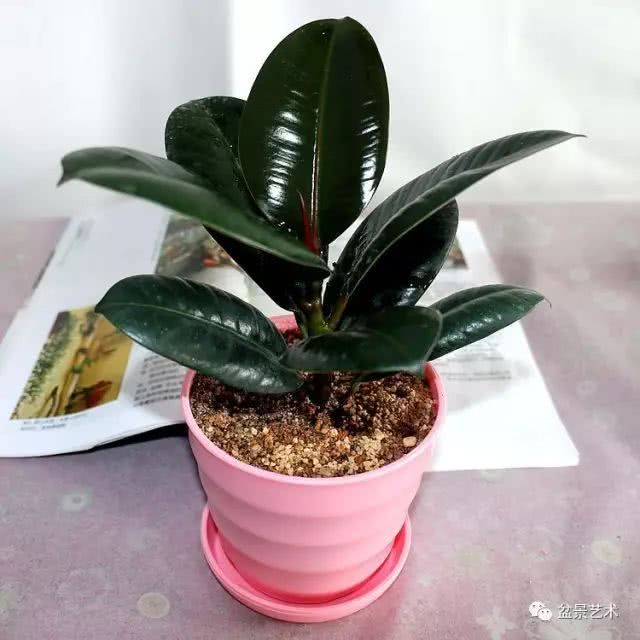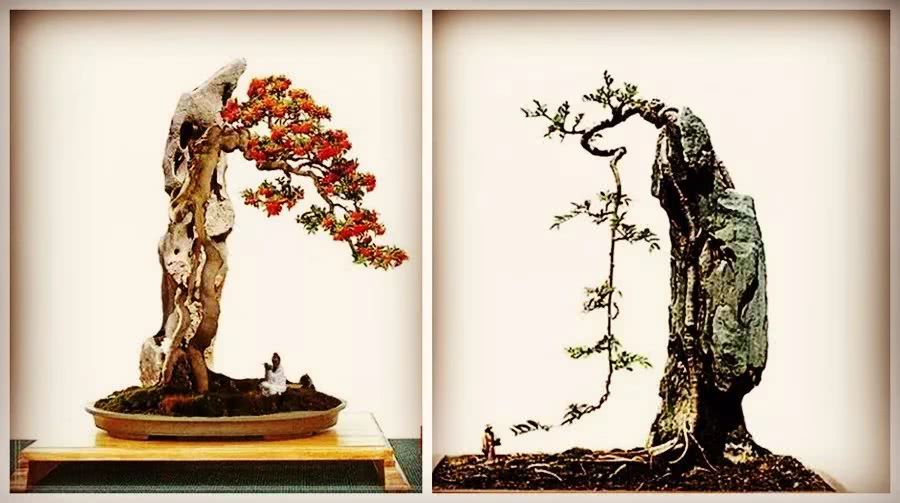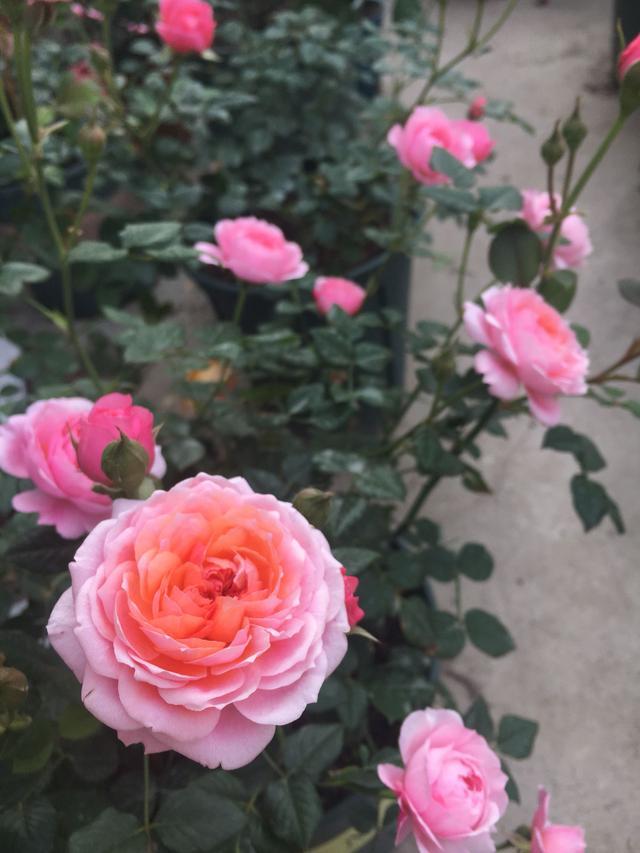The domestication technology of rubber tree

Family cultivation is generally propagated by cutting and high branch pressing, and the Yangtze River Basin is the most suitable from April to September every year. If cutting is carried out in spring and summer, the robust branches in the upper or middle of the plant should be selected as cuttings. When cutting in autumn, the sturdy new branches of the same year should be selected as cuttings. The specific steps are as follows: cut off the branches to be cuttings, remove the top shoot and the lower leaves, leave the middle leaves, and cut off the leaves 1 / 2, in order to reduce the evaporation of the leaves, it is best to roll the leaves into a barrel, and use a small stick to pass through the reel and insert it into the soil to prevent cuttings from lodging. In addition, cut cuttings should immediately seal the upper and lower incisions with plant ash or peat soil to prevent excessive milk overflow and reduce the survival rate. The depth of cutting is generally 3cm-4cm, if it is too deep, it will rot, and if it is too shallow, it is easy to lodge. The substrate of cutting is generally made of fine sand. Keep the sand moist after planting, and put it in the shade to see scattered light. Be careful not to get caught in the rain. Cuttings can usually take root after a month. When planting seedlings, we should try to be careful not to shake the matrix around the new roots, so as not to hurt the roots and affect the growth after planting. In the family, the use of high branch pressing method is more convenient, and the success rate is also high. The method is as follows: select the biennial branches, first peel the branches with a wide 1cm-1.5cm ring, then wrap the wound with wet moss and peat soil, wrap the upper and lower ends with plastic film, press the strips in June, and cut off the potted plants after rooting from July to August.
The rubber tree has developed roots and grows fast. if you change the pot and change the soil once a year, the cuttings can grow to more than 1.5m in 2mur. if it is too high, it is not suitable for family potted plants, so when planting, you should pay attention to the size of the flowerpots, do not choose too large flowerpots, cut off too many roots when changing pots, and still plant them in the original flowerpots to control the plants within a certain range.
Rubber trees like great water and fertilizer, and the formed plants will not be watered to death because of too much watering, nor will they be burned to death because of too much fertilization, but it will cause the plants to grow too much and affect the ornamental. For rubber trees cultivated at home, in order to control their growth, the principle of watering dry and wet should be mastered in the process of conservation, especially in the Yangtze River basin, the plants should be moved to the outdoor balcony in summer and watered once a day. If you keep it indoors, you should wait for the topsoil of the flowerpot to dry before watering. Once you lose water due to drought, it will cause defoliation and the terminal bud will turn black and dry. In winter, rubber trees will stop growing or grow slowly because of low temperature. As long as the soil is damp, don't water them to avoid rotting roots.
The rubber tree should be moved indoors to the sunny place for maintenance in winter because it is not hardy. In the Yangtze River valley, it should be moved indoors in the middle of November, and the room temperature should be kept above 10 ℃. The minimum temperature should not be lower than 5 ℃. If the temperature is too low and the basin soil is wet, it will cause the leaves to blacken and fall off and the root will rot, and even the whole plant will die. Wait until the middle of March of the following year, and then move the plant to the courtyard or balcony for maintenance. The rubber tree is a positive plant and cannot be decorated indoors all the year round, otherwise the branches are thin and weak, the internodes are elongated, the leaves become thinner without luster, and lose ornamental value, so we should pay great attention to it in the family maintenance, if it is placed indoors, then every 10 days the plants need to be placed in the outdoor sunshine for a period of time, so that the plants can see more sunlight as much as possible.
In order to make the plant shape of potted rubber tree plump, coring should be carried out when the plant grows to the height of 60cm-80cm to promote the germination of lateral buds. After the lateral branches grew, 5 trees were selected, and then the opposite branches were cut once a year, and the round and plump trees with high 1.5m-2m height could be obtained in 3 years.
When selecting soil for rubber tree pot cultivation, it is appropriate to use 1 part of rotten leaf soil, 1 part of garden soil and 1 part of river sand plus a small amount of base fertilizer. Generally, liquid fertilizer or compound fertilizer is applied twice a month, while keeping high soil moisture.
The roots of rubber trees contain hard rubber, which has strong resistance to diseases and insect pests and generally does not cause diseases and insect pests.
Rubber tree leaves are thick, broad, beautiful and shiny, the red terminal bud is like Fuyun, and the stipules are like red tassel drooping after cracking. It is an excellent family potted foliage plant.
Deep reading
- Prev

Making of common forms of stone-attached bonsai
One is the scene of trees holding stones in nature. Take the old pile with long root system and graceful posture (you can also use the root nesting method to grow the root and then make it). According to the characteristics and creative intention of the selected stone, the texture of the stone is embedded in the stone seam.
- Next

The most worthwhile potted rose plant is low, beautiful in color and flowering in four seasons and easy to raise.
Guide green potted plants is a necessary embellishment of home life, raising some flowers and plants at home, many benefits, not only can beautify the room, but also happy mood. Huasheng potted Diary No. 1403 takes you to know one of the most worthwhile mini-months.
Related
- Wuhan Hospital Iron Tree Blooming Result Was Instantly Frightened by the Gardener Master
- Which variety of camellia is the most fragrant and best? Which one do you like best?
- What is the small blue coat, the breeding methods and matters needing attention of the succulent plant
- Dormancy time and maintenance management of succulent plants during dormancy
- Minas succulent how to raise, Minas succulent plant pictures
- What are the varieties of winter succulent plants
- How to raise succulent plants in twelve rolls? let's take a look at some experience of breeding twelve rolls.
- Attention should be paid to water control for succulent plants during dormant period (winter and summer)
- Watering experience of twelve rolls of succulent plants
- Techniques for fertilizing succulent plants. An article will let you know how to fertilize succulent plants.

